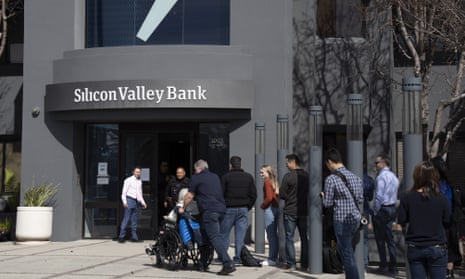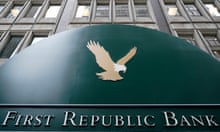UK banking bosses are preparing for a grilling this week as investors and analysts assess the fallout from the most turbulent period for the banking sector since the 2008 financial crisis. The tumult ended in the collapse of Silicon Valley Bank and Credit Suisse, and has raised questions over a sector that brought the global economy to its knees just over a decade ago.
Against this backdrop, Britain’s biggest lenders will this week report on their earnings for the first three months of the year. Banking experts will scrutinise the companies’ contingency plans to avoid being dragged into any future crises, and assess their bosses’ confidence in financial regulations that were meant to protect against a wider fallout.
Two high street stalwarts are expected to report healthy earnings, showing they have emerged from the turmoil largely unscathed.
Lloyds and NatWest, which have small investment banking operations and primarily focus on serving retail customers, have been riding high on the surge in interest rates that, coincidentally, contributed to last month’s short-lived banking crisis. Both are expected to report jumps in pre-tax profits of more than 30% for the first quarter, thanks to higher charges on loans and mortgages.
On Friday, NatWest – which is still 41.5% owned by the government – is expected to report a 50% jump in net interest income, which derives from the difference between the amount it paid out to savers and the amount it charged for loans and mortgages, to £3bn for the first quarter. And despite it having put aside £250m for a potential surge in defaults by struggling customers, the RBS owner’s profits are forecast to rise by 33% to £1.6bn, according to analyst estimates.
Lloyds is on track to report a similar surge in profits, to £2bn from £1.5bn last year, amid forecasts of a 20% rise in net interest income.
But despite this rosy short-term picture, analysts are fretting over long-term profit growth, amid predictions that the Bank of England will raise interest rates just once more, by a further 25 basis points to 4.5% next month, but then hold steady, as inflation is likely to ease. That could spell the end of a boost for retail banks, which have spent the last decade lamenting the profit-dampening effects of near-zero interest rates.
Barclays and HSBC derive a greater proportion of their income from investment banking activities – which suffered amid the economic slowdown and market volatility – and their profits could prove less buoyant. While HSBC has yet to release consensus estimates, Barclays is expected to unveil a flat profit of £2.2bn in its results next Thursday.
Executives will also be questioned over whether they feel sufficiently confident that they have treated savers fairly during this period of higher rates. The Financial Conduct Authority warned last week that it might intervene if lenders continued to offer their savers miserly rates that have notably lagged behind the Bank’s base rate, and have tended to be lower than charges to loan and mortgage customers.
All four lenders will be expected to share their views on the recent market meltdown and the trade-offs of potential overhauls by regulators.
Last month’s crisis has sparked fresh concerns over whether protections put in place after the 2008 banking crash are adequate. Regulators on both sides of the Atlantic are considering a range of measures that could strengthen existing protections, curb market panic and limit the economic impact of further bank failures.
That includes the Bank potentially raising the amount of savers’ money that is guaranteed if their bank goes bust.
UK bank executives are likely to tread a fine line when asked about increases to the deposit insurance scheme, given some bosses believe it is already costly and is at risk of subsidising more risky lenders.
US banks poured $30bn into struggling California-based lender First Republic Bank last month, in a show of solidarity that was aimed at bolstering confidence in the middle of market panic. UK banks will now be under pressure to demonstrate a willingness to follow suit, and, if called upon, take a financial hit for the greater good of the system.









